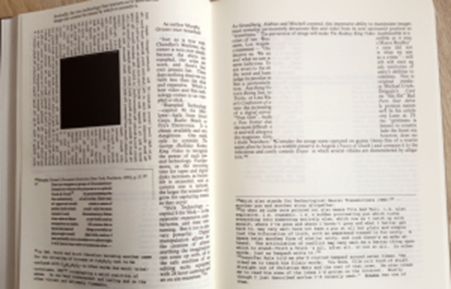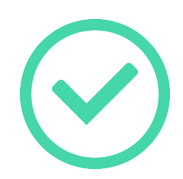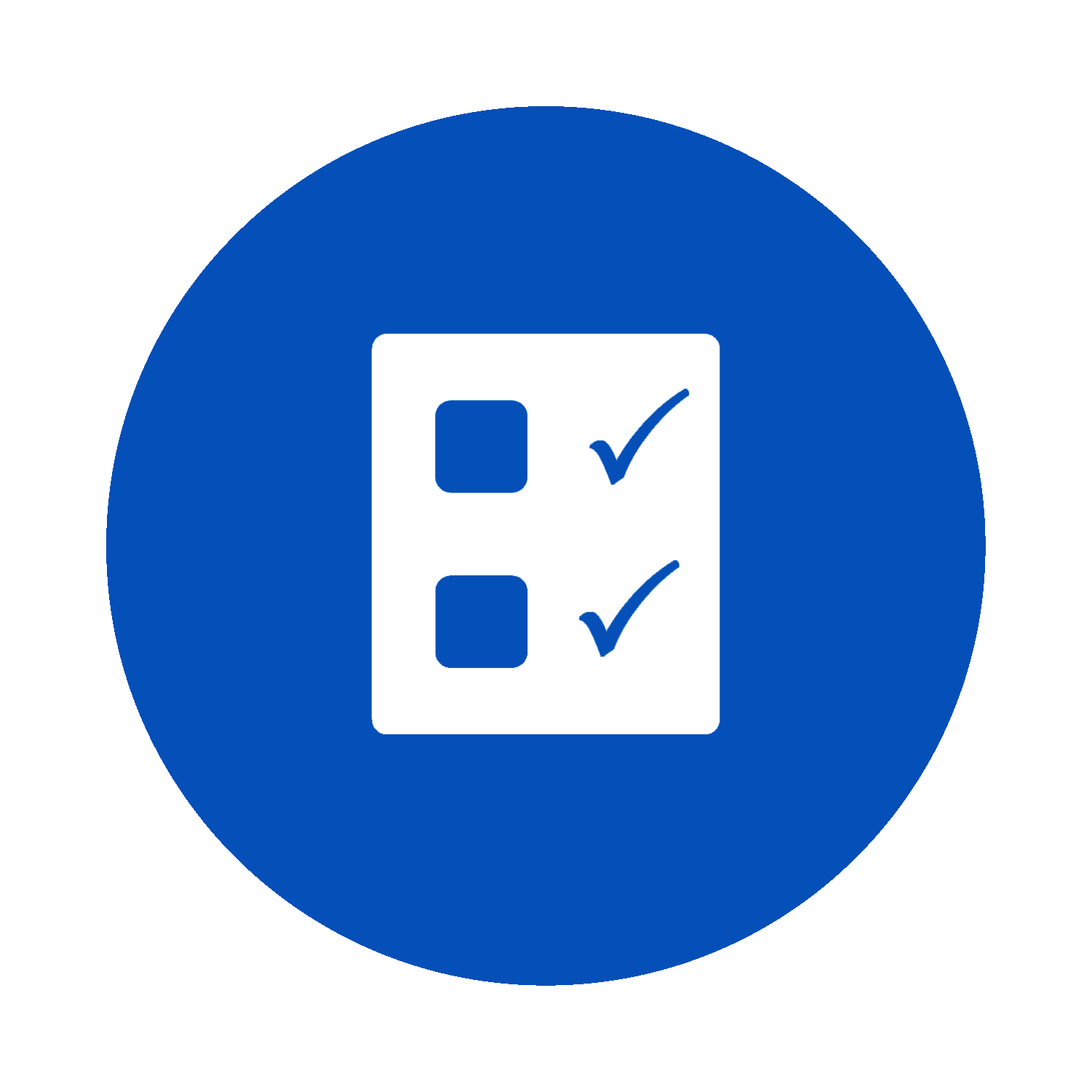1.1: Reading Strategies
When reading a text in college, you want to use different reading strategies to help you understand the text. In college, every reading you do will have a purpose behind it. The overall purpose is to help you understand and learn the material in your courses, but to show your understanding, you may need to work with the text in some way, such as writing reflections, summaries, answering questions on it and so on. Reading strategies will help you understand the text and help you to respond to it in whatever way your teacher asks. Below you will find some starting strategies to start using when reading!
![]() Pro-Tip: We will be talking about notetaking later on in the text, but I would recommend starting to practice notetaking now. When you are taking notes, try to capture in your own words some of the following: main ideas of the text and supporting arguments, YOUR thoughts on the reading, any questions you may have, and new vocabulary.
Pro-Tip: We will be talking about notetaking later on in the text, but I would recommend starting to practice notetaking now. When you are taking notes, try to capture in your own words some of the following: main ideas of the text and supporting arguments, YOUR thoughts on the reading, any questions you may have, and new vocabulary.
Use Pre-reading Strategies
When you’re ready to settle in with a text, it’s a good idea to begin with “pre-reading.” With pre-reading, you’ll turn into a temporary sleuth, examining the text for visual clues as to its meaning. Here’s how it’s done:
Start by Reading and Considering the Title
A good title will inform you about the text’s content. It’s always nice if titles are also interesting, catchy, or even clever, but the most important job of a title is to let the reader know what’s coming and what the text will be about.
For instance, imagine you’re reading a magazine article entitled “Three Hundred Sixty-five Properly Poofy Days.”
Reading that, do you have any idea what this article is going to be about?
- It could be written by a meteorologist, reporting on a year of observing cloud formations.
- It might be a biopic (a biographical story) about an eccentric salon that specializes in “big hair” dos, retro-style.
- Or perhaps it’s a set of guidelines for using poofy cotton balls to apply cosmetics.
Would you be surprised to discover it’s a story about a dog groomer who does show grooms for poodles, the poofiest of dogs?
See my point? The title should, hopefully, give you clues to the article content. (Keep this in mind when you’re writing your own titles.)
- Look at the author’s name Have you heard of the author? Do you know anything about them? Sometimes you’ll find a short bio about the author at the beginning or end of a text. You can always Google them to look for more details. Ideally, the author should be an acknowledged expert on the subject or should have degrees, training, or credentials that make them an expert. (Learn more about the CRAP method for evaluating sources in the information literacy section titled “Finding Quality Texts.”)
- Skim through the article, looking for headings or “pull-outs” (content that is pulled off to one side or highlighted in a box). Headings, if present, will often give you clues as to the text’s content as well as showing you how the subject has been divided into sections.
- Look for any images: photographs, charts, graphs, maps, or other illustrations. Images—and their captions—will often give you valuable information about the topic.
- If working with an e-text, you may also find embedded web links. Follow these: they’ll often lead you to resources that will help you better understand the article.
- Here’s a seriously expert-level suggestion: most academic texts and essays follow a fairly similar structure, including beginning every paragraph with a strong, focused topic sentence—you can often get a quick summary or understanding of a written text by simply reading the first sentence in every paragraph. Some authors may use the second sentence as their topic sentence, and if you notice this pattern, reading all of the second sentences in each paragraph will help you follow the text.
After working through the above suggestions, see if you can figure out the main purpose of the text simply by pre-reading. In other words, look for the global or central idea or argument.
Now, you’re ready to dive in and actually read the text completely. Your pre-reading has given you an overall picture of what to expect and helped you build a schema of what the author wants you to know at the end of the reading. If the pre-reading has worked well, giving you clues to the text’s content, your actual in-depth reading will be easier and more effective, and you’ll begin reading with your curiosity already activated, which is a great way to start!
Exploring the Structure of a Text
Exploring a text’s structure may sound a little complicated, but it really isn’t. We’re simply looking for how it’s been constructed or built, and then we’re thinking about how the structure supports the work the text is trying to do. The fancy literary terms for this are “form” and “function.” Form refers to the way the text is structured, while function refers to what it communicates to the reader.
Consider these questions when thinking about structure:
- How is the text organized? (Does it seem logical? Is it in time-related, chronological order? Does it skip around in time with flashbacks or flash-forwards?)
- Is it divided into obvious sections? Do the sections have headings, or are they just visually separated?
- Does the author use comparison/contrast, explore cause and effect, or examine a process to present their ideas?
- Is there a lot of detail and description in the text? Does the author use dialog?
- Does the author do anything unusual* or unexpected with the text?
*Speaking of unusual texts, sometimes the author will do something unexpected with the text’s form in order to support its function. As an example, check out these examples from Mark Z. Danielewski’s House of Leaves, a novel that includes some extraordinary structures.

In the example shown to the right here, you can see some of the unusual ways Danielewski has arranged text on two of the pages. His book contains all sorts of different textual anomalies (something that deviates from the usual or standard approach); if you want to see more of them, go to Google and search for ‘House of Leaves’ and then ‘images.’ Throughout the text, his creativity with the textual layout echoes and supports what is happening within the story. It’s ridiculously cool, and if you’re curious about it, I recommend reading it. It’s a weird but worthwhile reading experience, and it brings home the idea of textual structure like nothing else can.
Tone, Voice, and Point of View
Yo! Wassup?
Hey, how you doin’?
Hello, how are you today?
Which of the above greetings sounds most formal? Which sounds the most informal? What causes the change in tone?
Your voice can’t actually be heard when you write, but it can be conveyed through the words you choose, the order you place them in, and the point of view from which you write. When you read something, it has been written for a specific audience. You can often see this through tone of voice: serious, professional, funny, friendly, neutral, etc.
What is point of view, and how do I know which was used?
Point of view can be tricky, so this is a good question. Point of view is the perspective from which you’re writing, and it dictates what your focus is. Consider the following examples:
- I love watching the leaves change in the fall. (First person point of view)
- You will love watching the leaves change color. (Second person)
- The leaves in fall turn many vibrant colors. (Third person)
Which of the above sentences focuses most clearly on the leaves? Third person, right? The first-person sentence focuses on what “I” love and the second person sentence focuses on what “you” will love.
- First person uses the following pronouns: I, me, my, us, we, myself, our, ours … any words that include the speaker/writer turn the sentence into first person.
- Second person uses any form of the word “you,” which has the effect of addressing the reader.
- Third person uses pronouns like he, she, it, they, them … any words that direct the reader to a person or thing that is not the writer or reader turn the sentence into third person. Often this is the form of writing found in academics. Third person point of view texts are meant to be taken as object (outside the author and reader)
That’s a lot to think about. When is it okay to use each of these points of view?
It always depends on the audience and purpose of the writing. As a critical reader, you should be asking yourself the following:
- What point of view did the author use (first, second, or third person)?
- What was the tone of the text? What kind of language did they use?
Both of these questions will help you analyze the purpose and audience behind writing the text, which in turn will help you analyze how well the author achieved their purpose!
Considering Vocabulary
Often when you are reading, you will come across new vocabulary terms. It is important to understand these new words, not only, because it will help you understand the text you are reading right now, but also because it will help you be a stronger reader. This is especially true when you come across career or program specific words! There are a few ways to support yourself when learning new vocabulary.
First, when you come across an unfamiliar word, ask yourself, “is it important that I understand this word in full, or can I make an educated guess on its meaning and move on.”
Take a look at the following two sentences:
The artist’s mercurial temperament made it difficult for her to maintain long-term collaborations, as her moods and creative visions shifted unpredictably.
Versus
The historian expounded on the significance of the artifact.
In the one sentence, with the difficult adjective (mercurial), there are enough context clues in the sentence to make a good guess as to what that word means. In the second sentence, with the difficult verb (expounded), there may not be enough context clues to know what expounded means. When that happens as you are reading, these are the words you want to look up.
When you look up new words while taking a course, I would encourage you to keep a list (a glossary) of new terms for yourself with a definition and a sentence using it. Then make sure to review these terms and refer to them throughout the course. This book and many other text books will include a glossary of terms to revie as well.
 Pro-Tip: It is always better to try and write your own sentence with a new vocabulary term as this can help you learn how to use the new vocabulary. The best strategy, though, for gaining new vocabulary is just to read as often as you can and in as many different genres or areas as you can!
Pro-Tip: It is always better to try and write your own sentence with a new vocabulary term as this can help you learn how to use the new vocabulary. The best strategy, though, for gaining new vocabulary is just to read as often as you can and in as many different genres or areas as you can!
Critical Thinking Questions
Practicing Your Pre-reading Skills
Now that we’ve covered some pre-reading practices, let’s put those skills to the test.
Find the Scientific American article, “U.S. Cracking Down on Brain-Training Games.”
- Before reading the article, work through the above pre-reading skills.
- Based on what you found in your pre-reading, what do you think the text is about? What position will the article take on the idea of brain-training games? How much do you know about the topic already? What did you already know (before you even looked at the article)?
- Now, switch to in-depth reading and read the article carefully, taking notes of any questions you have or words you don’t understand.
- If needed, do a bit of quick research on any questions or unknown words you identified.
- How did the pre-reading affect your ideas of what to expect from the text? How did your understanding of the piece compare between what you learned from pre-reading versus a complete reading? What does this tell you about the relationship between pre-reading and in-depth reading?
See the Appendix, Results for the “Check Your Understanding” Activities, for answers.
Exploring the Text
For this activity, you are asked to compare two different articles. Note one of these articles is what is considered a popular article, and one is a scholarly. We will learn more about these differences in Chapter 2.
For this activity, you do not need to do a close reading of either text, but try to answer the questions below by scanning over the document and exploring the text.
The Impact of Pets on Everyday Life for Older Adults During the COVID-19 Pandemic – PMC vs. The Power of Pets | NIH News in Health
- How is the text organized? (Does it seem logical? Is it in time-related, chronological order? Does it skip around in time with flashbacks or flash-forwards?)
- Is it divided into obvious sections? Do the sections have headings, or are they just visually separated?
- Does the author use comparison/contrast, explore cause and effect, or examine a process to present their ideas?
- Is there a lot of detail and description in the text?
- Does the author use dialog?
- Does the author do anything unusual* or unexpected with the text?
See the Appendix, Results for the “Check Your Understanding” Activities, for answers.
Attribution
“1.1: Reading Strategies” is adapted and remixed from the following sections: Tone, Voice, and Point of View ; Use Pre-reading Strategies; Use Pre-reading Strategies in The Word on College Reading and Writing by Carol Burnell; Jaime Wood; Monique Babin; Susan Pesznecker; and Nicole Rosevear, licensed under a Creative Commons Attribution-NonCommercial-ShareAlike 4.0 International License, except where otherwise noted.


